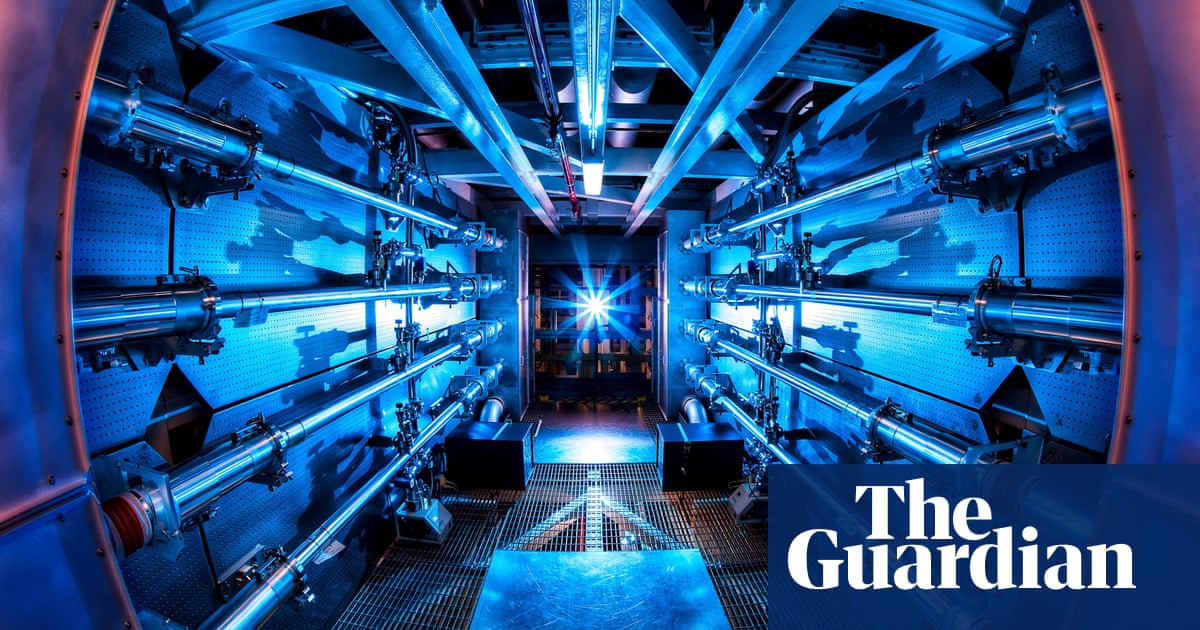We really should stop talking about “net energy gain” and not taking into account ALL the energy that goes into the process, just the initiation.
It’s like saying you get net energy gain from pushing a boulder down a hill, not taking into account having to get the boulder up the hill, but just the pushing itself.
Don’t get me wrong, it’s good news, but misleading.
The objective number will never be net positive. All that energy has been around in some form since the big bang started. Any measure of the energy “we” put in is subjective by definition. That said, I don’t think the scientists are trying to spin some bullshit. If you’re designing an experiment that measures energy, your starting point must be well defined and precisely measurable or it wouldn’t be repeatable. You don’t want to muddy up the results worrying about where all the materials and equipment come from. That’s the engineering that comes after the science.
I wouldn’t say never, but you’re right that we should measure the system based on it’s output once it starts running. The important thing is to prove that the concept can be net positive. If you can get a long enough life out of it then the manufacturing impacts are negligible
Well, the typical way of measuring q does measure the energy it takes to get the boulder up the hill, but not the inefficiency of the machine to get the boulder up there and the ineffency in extracting its energy as it goes back down.
There’s a lot of unsexy research that could make fusion come a whole lot sooner. More efficient powerful lasers, better cooling methods and design for superconducting electromagnetics, more efficient containment methods and more thought on how to extract energy from the plasma efficiently, and then making it cheap enough to build and maintain that we can actually afford to build them.
Slightly misleading, but… look, when up until now the boulder would just fall back crushing you each time you tried to push it down the hill… then having it roll down a few feet is an accomplishment. Not a great accomplishment, not particularly practical either… but still a big difference from getting crushed by it 🙂
I don’t think scientists care about how lamens percieve their accomplishments.
Edit: lemons not lamens
🤖 I’m a bot that provides automatic summaries for articles:
Click here to see the summary
US scientists have achieved net energy gain in a nuclear fusion reaction for the second time since a historic breakthrough in December last year in the quest to find a near-limitless, safe and clean source of energy
Scientists at the California-based Lawrence Livermore National Laboratory repeated the breakthrough in an experiment in the National Ignition Facility (NIF) on 30 July that produced a higher energy yield than in December, a Lawrence Livermore spokesperson said.
The approach, which gives rise to the heat and light of the sun and other stars, has been hailed as having huge potential as a sustainable, low-carbon energy source.
In December, Lawrence Livermore first achieved a net energy gain in a fusion experiment using lasers.
The Energy Department called it “a major scientific breakthrough decades in the making that will pave the way for advancements in national defense and the future of clean power.”
Fusion energy raises the prospect of plentiful clean power: the reactions release no greenhouse gases or radioactive waste byproducts.




